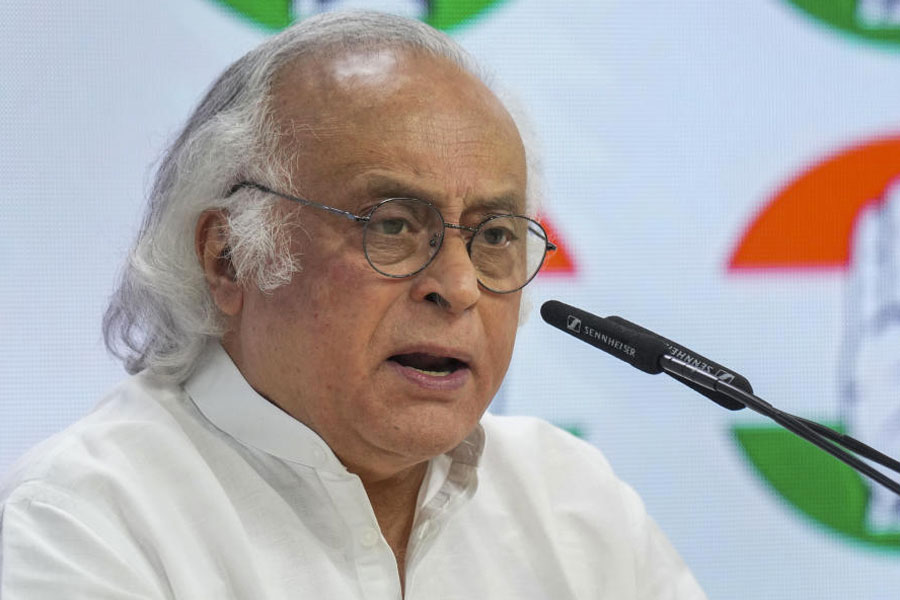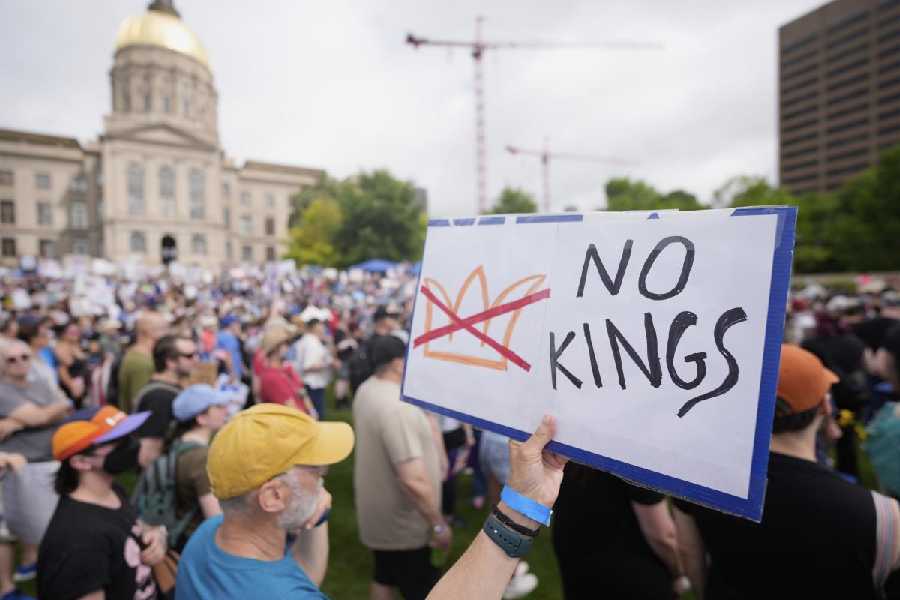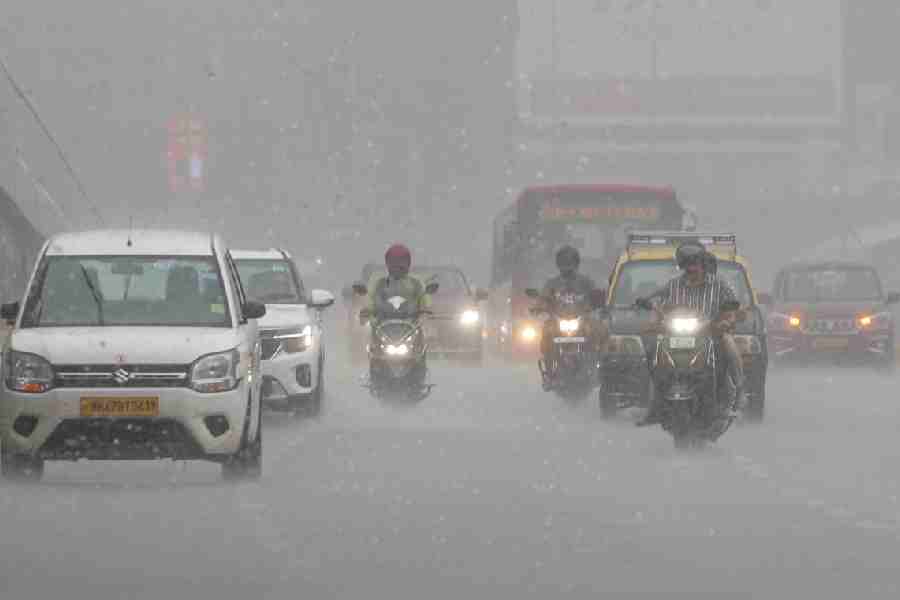Chandigarh, Oct. 2: The gender ratio in Haryana has marginally improved from 819 females per 1,000 males to 822 per thousand, but the situation is still grim.
Sushma Madan, the director of general health services in the state, said the marginal increase in the ratio has been seen following the government’s decision to strengthen the system of civil registration and get births and deaths registered at primary health centres instead of police stations.
The statistics came close on the heels of a two-day seminar last month to reflect on the impact of the declining sex ratio on Haryana’s development. The overriding fear expressed at the seminar was that the state was heading towards a woman-less society. Speakers expressed concern over the trend of buying brides from Kerala, Bengal, Orissa, Bihar and the Northeast due to the non-availability of girls of marriageable age in Haryana.
They also pointed out that if the gender ratio continued to dip, in 25 years there would be only 500 girls for every thousand boys. The ratio could nosedive to 250 in 40 years and around 100 in 50 years.
Haryana, Delhi and Punjab have some of the lowest gender ratios in the country. Abortion of female foetuses is seen as the main reason behind this.
A decreasing sex ratio in the state will have adverse socio-economic, demographic and health implications and is likely to increase sex-related crimes against women.
Initially limited to a few mainly urban pockets, the ratio imbalance is now being seen all over Haryana.
Madan said Panchkula had recorded 892 girls per 1,000 boys in June 2005, which is the highest ratio in any Haryana district in a single month. It was followed by 878 in Fatehabad. Six other districts ? Faridabad, Jind, Panipat, Rohtak, Sirsa and Yamunanagar ? registered ratios ranging from 821 to 869 in the same month. In Sonepat, Jhajjar and Karnal, there has been marginal improvement in the ratio.
with a dismal ratio of 706 in January, increased to 708 in February, 746 in March, 752 in April, 764 in May and 772 in June.
Similarly, in the case of Jhajjar the figure increased from 798 in April to 806 in May and 819 in June. Karnal, too, witnessed an upswing from 787 in April to 797 in May and 802 in June. Rohtak showed a gradual increase from 800 in April to 812 in May and 821 in June.
Madan said civil surgeons have been asked to keep a record of the sex ratio for each primary health centre and identify areas having low ratios and also the reasons leading to the decline in the birth of girls. All ultrasound clinics had been registered and are being regularly inspected.











